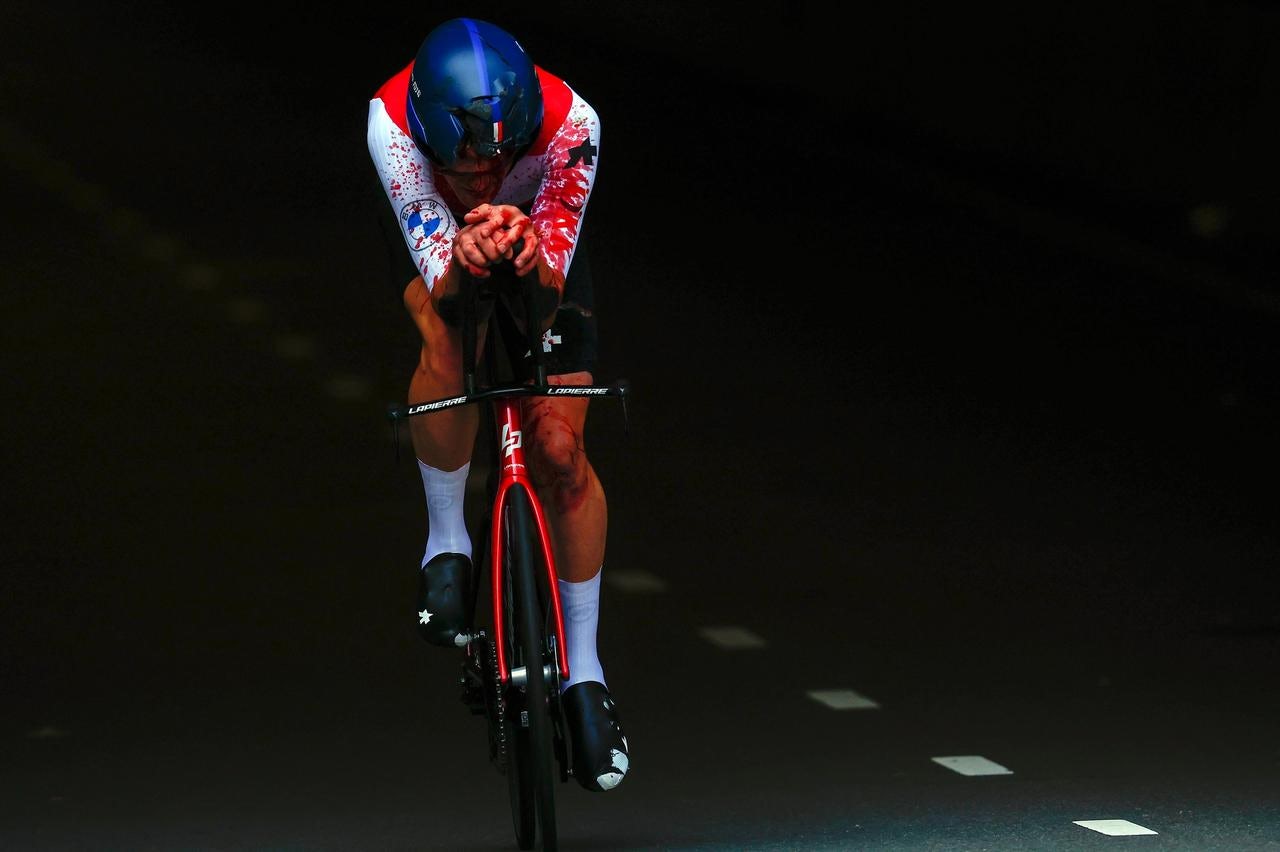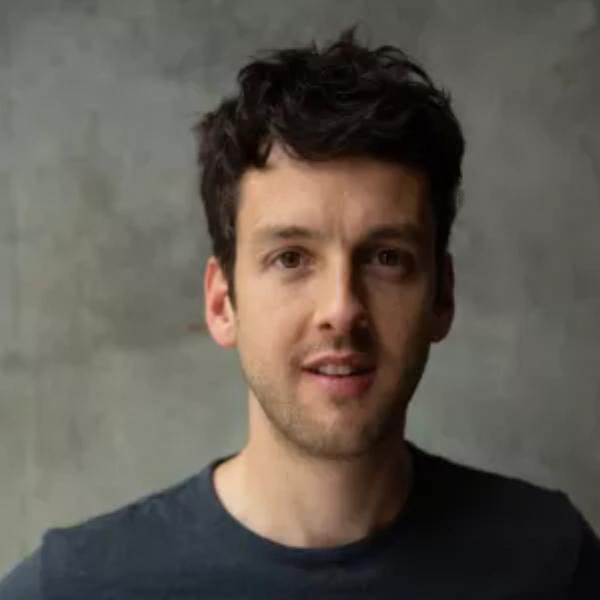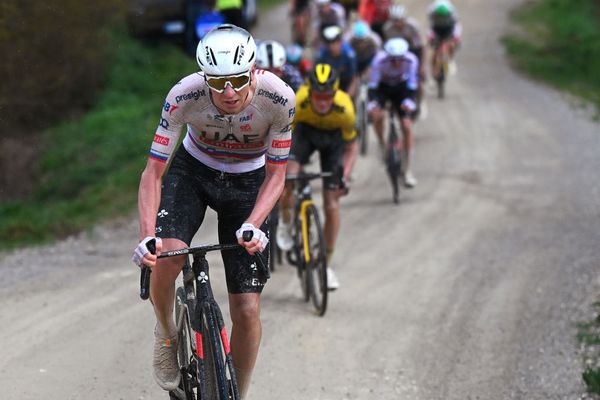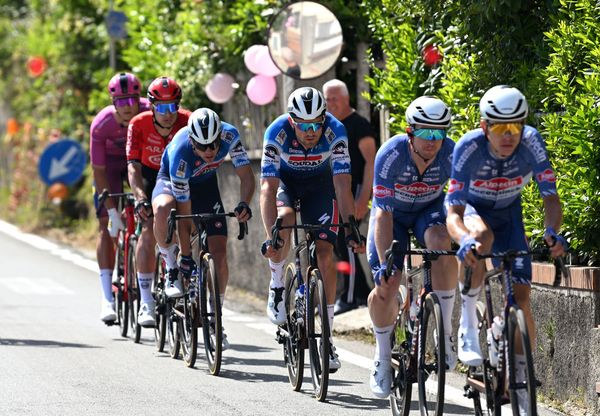Concussion: New calls for tougher safety measures after Stefan Küng crash
Tao Geoghegan Hart, Chloe Hosking and Toms Skujiņš call for more action after recent Euros incident
Patrick Fletcher
Deputy Editor
© Sprint Cycling Agency
Stefan Küng's (Switzerland) crash highlighted issues around concussion in cycling
In 2020, the UCI introduced a new concussion protocol, which was welcomed as a step towards addressing a dangerously neglected area of rider health, reflecting similar advances in other sports.
However, events of this week suggest the protocol has been found lacking, according to a number of prominent figures in the sport.
The talking point in question is, of course, Stefan Küng’s horrific crash in the European Championships time trial on Wednesday. The Swiss rider crashed into a set of barriers before crossing the line with his helmet caved in and his jersey splattered with his blood.
We’ve already addressed the cause of the crash on GCN, looking at the enduring tendency for head-down riding, but the aftermath has also caused controversy, with a general unease at a rider racing their bike in such a state.
Read more: Stefan Küng finishes European Championships ITT with a broken helmet after crash
Küng was able to grip the bars and turn the pedals, but it would later be confirmed that he was not all well in the head, suffering what was described as a ‘minor’ concussion.
“It's crazy to me that, more than six years on we still make (even bigger) mistakes regarding riding with a concussion,” said Toms Skujins, referencing the infamous moment from the Tour of California, where he crashed, got up, staggered into a road of oncoming riders, then remounted.
“One of my favourite swannies [soigneurs -ed] never let the DS put spare helmets in the race follow cars. Even actively would take them out when he saw them there. Why? Because if you're helmet is broken from a crash, you probably shouldn't be riding.”
Other riders past and present have added their voices, including Ineos Grenadiers’ Tao Geoghegan Hart.
“Athletes are incredibly strong-willed and resilient. These are their strongest and most valuable traits. But how can we, on occasion, protect rider from themselves?” wrote the 2020 Giro d’Italia winner on social media.
“I firmly believe the UCI needs to adopt available technology,” he added.
Former pro Phil Gaimon urged against the glorification of the shocking images of Küng, saying “there's nothing inspiring or bad ass about this photo.”
Meanwhile, veteran Australian Chloe Hosking wrote an entire blog post looking at the matter, arguing that the current concussion protocol is not fit for purpose.

© Velo Collection (TDW) / Getty Images
Toms Skujiņš had a heavy crash at the Tour of California in 2017
The protocol and the problems
The UCI’s concussion protocol came into force in late 2020, and introduced specific guidelines for dealing with suspected head impacts during races.
The protocol acknowledged that the full recommended course of action is not realistic during a road race, where the race waits for no one, but even the adapted guidelines for fast-moving situations involve a certain amount of checks, and time. Or at least they should.
First of all, there is a list of red flags or ‘observable signs of concussion’, ranging from unconsciousness to a ‘blank or vacant look’.
A damaged helmet is not considered a red flag, and so instead of requiring immediate withdrawal, it signals the need for a road-side assessment.
The assessment includes a number of steps, from a rapid symptom screen and an assessment of spine and neck, through a series of mental examinations, including ‘Maddocks questions’ - such as ‘what day is it? - and memory tests involving words and numbers.
The protocol states that a ‘delayed recall’ - a follow-up to the initial word-based memory test - “should be performed after five minutes have elapsed since the end of the Immediate Recall section”.
With Küng going on to finish 11th in the Euros time trial, it’s clear this did not happen at the time, and it is questionable how many checks are completed in full in pro road racing generally.
Indeed, this is one of the major problems when it comes even to this supposedly quicker form of assessment. There is often not enough time for a thorough check, and for a rider to catch back with the race if cleared. James Knox found this out the hard way at the Tour Down Under this year, as he was disqualified for drafting team cars to return to the peloton - the only way he could realistically come back.
“What the UCI are saying here is very dangerous,” Ineos’ Luke Rowe said after the incident.
“'If you crash, get straight back on your bike without getting checked out, otherwise you're potentially out [of] the race’. Instead of 'get checked out properly, do the protocols, then receive aid to get back to the peloton'."
The road-side assessment tests are supposed to be carried out by a doctor, but the 2020 protocol calls on all members of the race to play a part in spotting potential concussions. This, as well as the fact that checks and assessments can be carried out by staff and doctors belonging to the rider’s team, has raised further concerns.
“Among other problems, the protocol fails to consider the vested interest that staff members and riders have in getting back on the bike and into the race,” argued Hosking in her blog post published this week.
“Further, the protocol does not require a qualified person to make informed decisions about whether an athlete has suffered a head injury.”
Solutions
While many riders have pushed for a relaxation of the drafting rules in the wake of concussion checks, some feel that the protocol itself should be tightened even further.
Hosking advocates for ‘spotting’ by independent medical personnel, a further neurological examination from an independent neurological consultant “with no incentive for the rider to continue racing”, as well as a public reporting process to collect data and develop athlete safety in the long run.
Geoghegan Hart, meanwhile, speaks of the use of new technology, specifically citing the company HIT (Head Impact Trauma), which has developed systems not only to check for concussion symptoms but also to measure the severity of a head impact.
“I foresee [HIT] on all riders’ helmets,” Geoghegan Hart wrote.
"Team cars can then immediately collect data following a crash and decide if a rider is fit to continue (has not exceeded a certain force threshold on the brain), or must be forced to stop.”












.jpg?w=600&auto=format)
